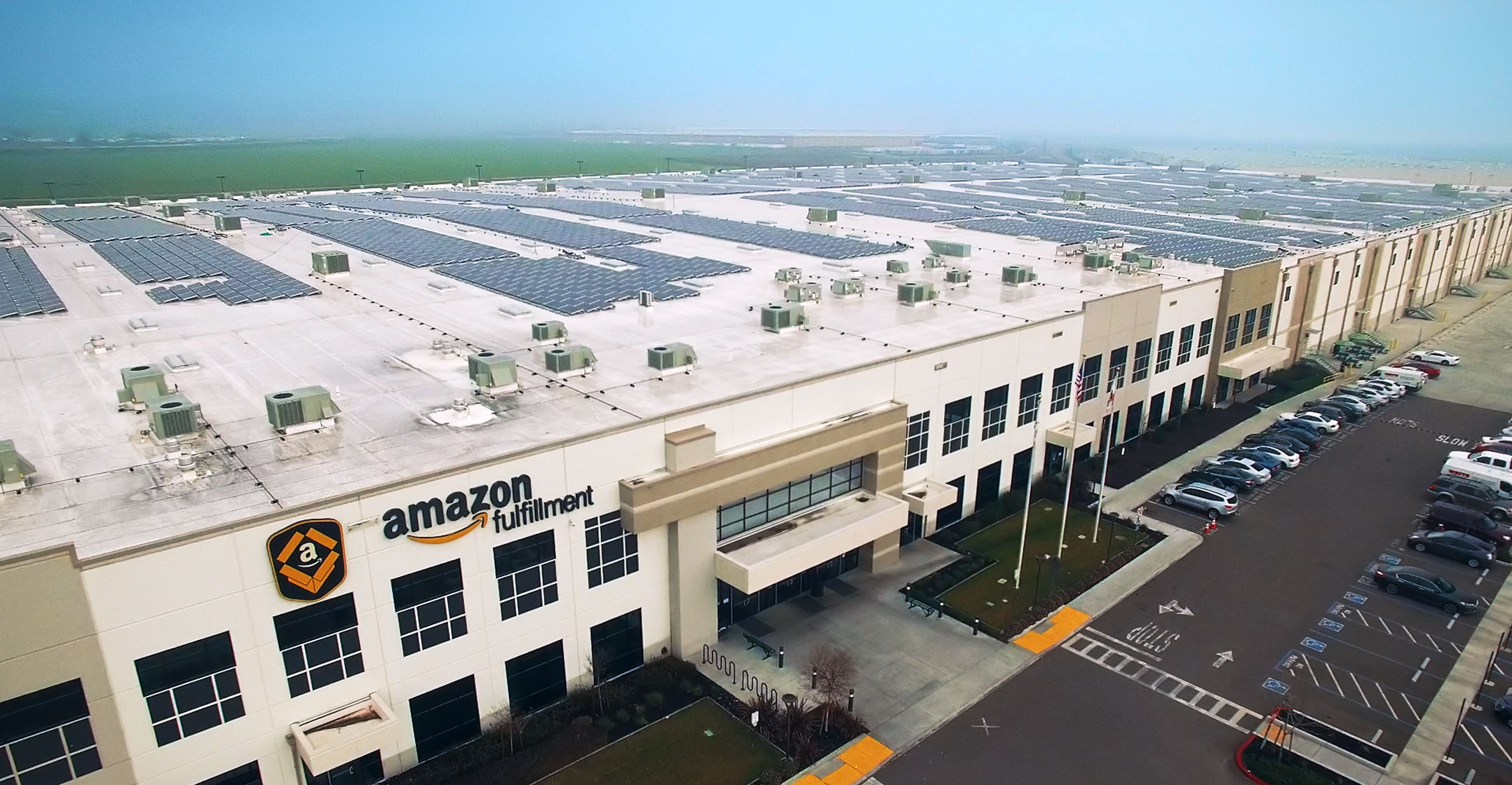
[dropcap]A[/dropcap]crack has finally formed in the foundation of the US bull market. Now investors must decide if any structural damage has been done.
This year’s hottest stocks, companies from Facebook and Apple to Netflix and Nvidia, buckled on Friday, spurring losses that sent the Nasdaq 100 to its biggest drop relative to the Dow Jones Industrial Average since 2008. Accounts of what spurred it ranged from bearish tweets by a short seller to a cautious note from Goldman Sachs.
In its most benign interpretation, the selloff was merely a rotation, counterbalanced by rallies in industries such as banks, energy producers and retailers. But the reversal was enough to spur soul searching among bulls who have watched the market value of Apple, Alphabet, Microsoft, Amazon.com and Facebook increase by US$500bn (about R6,5 trillion) since December.
“We are probably going to see additional selling pressure on some high-momentum stocks that have spearheaded the rally,” said Chad Morganlander, a money manager at Stifel, Nicolaus & Co. “Stocks have become overbought.”
Even with the decline, the Nasdaq 100 remains up 18% in 2017, more than twice as much as the S&P 500, and trading at a significant valuation premium. The index’s price-earnings ratio was 26,1 as of Friday’s close, more than four percentage points above the broader gauge. That’s the widest gap in more than a year.
One recent bull withheld judgment on whether the rout foretold worse pain to come. Kim Forrest, a senior equities analyst at Fort Pitt Capital Group whose bullish call on semiconductor shares in April came true, said a single day of losses didn’t mean the market had turned.
“It’s too early to tell,” she said. “I am watching what happens on Monday.”
Significant losses
Friday’s losses were significant in the tech space. Even as the Dow eked out an 89-point gain in New York, the Nasdaq 100 slid 2,4%, trimming a decline that at one point reached 3,8%, the most in a year. The Philadelphia Stock Exchange Semiconductor Index slumped 4,2% and at one point was down 6,1%, the most since 2014.
Within the S&P 500, tech shares also trailed the full index by the most since 2008 as investors took profit in an industry whose gains this year through to Thursday had almost tripled the S&P 500. Traders cited a rotation out of technology and into banks and energy, the biggest losers in 2017, driving up those groups up at least 1,9%.
Perhaps the worst moment for bulls came just before 3pm in New York, when already-weakened shares of Amazon.com plunged almost 5% in a matter of seconds, only to quickly recoup their losses. Less pronounced swoons were visible around that time in charts of Apple, Netflix and Facebook.

Some heavily shorted companies and industries rallied. Kohl’s, down 28% through to Thursday, rose 7,2%, while Nordstrom capped its biggest three-day advance since August. Transocean trimmed its year-to-date loss to 43% with a 4,6% advance. Fifth Third Bancorp rallied 3%.
Sentiment was shaken early in the day when Robert Boroujerdi, Goldman’s global chief investment officer, warned that low volatility in Facebook, Amazon, Apple, Microsoft and Alphabet may be blinding investors to their risks. Those include “cyclicality”, tech disruption and regulation, which could exacerbate downside volatility should market conditions change.
It didn’t help when Andrew Left of Citron Research tweeted about “frenzied casino action” in Nvidia. The Santa Clara, California-based chip maker, up 50% year-to-date through to Thursday, lost 6,5% and was earlier down almost 11%, the most since May 2011. It ended the day with the worst loss in the S&P 500.
Julian Emanuel, a strategist at UBS Group, was more optimistic. Despite the potential for a summer setback for technology shares, the long-term picture remains upbeat, Emanuel, who is overweight tech stocks, said in a note on Friday. What could give investors pause is a surge in inflows, expanding multiples, he said.
Still, concern remains that the valuations of technology firms have become too rich. Amazon, Facebook and Apple have added at least 29% this year, compared to an 8,6% gain in the S&P 500.
“People have focused too much on market-share gains of the largest names but have forgotten that technology is cyclical,” said Ilya Feygin, senior strategist at WallachBeth Capital. “Valuations in the tech sector are too high. It has a long way to go in underperformance.” — Reported by Elena Popina and Lu Wang, (c) 2017 Bloomberg LP




